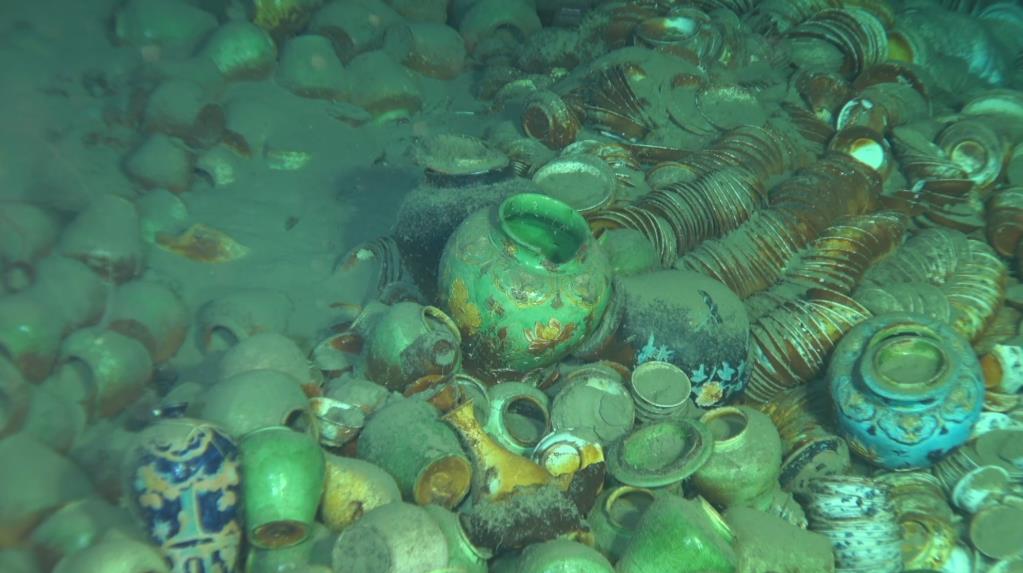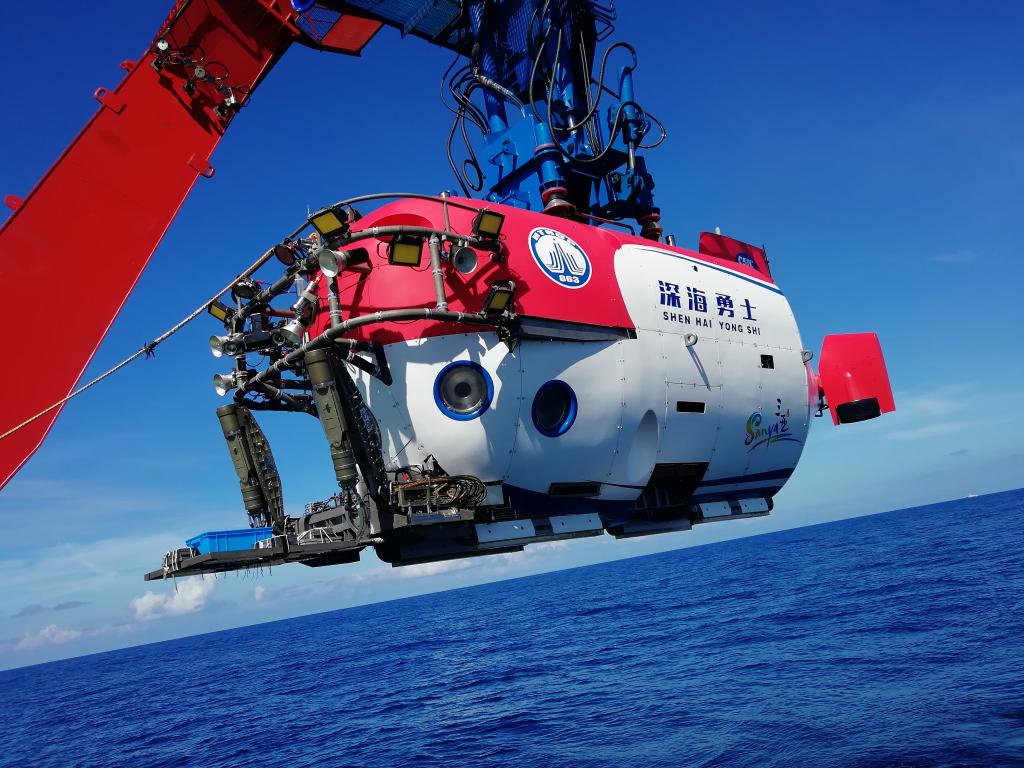Xinhua News Agency, Beijing, May 22 (Reporter Zhang Quan) National Cultural Heritage Administration and others recently announced that China has discovered two ancient shipwreck sites in the South China Sea, and archaeological investigation will be carried out in stages in the future. The reporter learned from the China Academy of Sciences that the technical level of China’s deep-sea equipment has been continuously improved, which has played a key role in this archaeological discovery and will provide strong support for the follow-up archaeological investigation.
It is reported that in October 2022, when the Institute of Deep-sea Science and Engineering of Chinese Academy of Sciences carried out the special scientific investigation and deep diving operation of Chinese Academy of Sciences’ strategic pilot science and technology in the South China Sea, two large-scale submarine shipwreck sites were discovered in the sea area about 1500 meters deep on the northwest slope of the South China Sea, and the relevant national and local departments were notified in time. Later, the two shipwrecks were named the No.1 Shipwreck on the Northwest Slope of the South China Sea and the No.2 Shipwreck on the Northwest Slope of the South China Sea.

No.1 shipwreck site. (Photo courtesy of Institute of Deep Sea Science and Engineering, Chinese Academy of Sciences)
"In recent years, a series of technologies and equipment, such as ship-borne multi-beam system, emergency rescue and salvage tools, and underwater unmanned detection platform, independently deployed and developed by the Chinese Academy of Sciences’ pilot project, have laid a solid foundation for underwater discovery and salvage of deep-sea cultural relics." Chen Chuanxu, deputy director of the Science Department of the Institute of Deep Sea Science and Engineering, Chinese Academy of Sciences, said.
With the approval of National Cultural Heritage Administration, the Archaeological Research Center of National Cultural Heritage Administration, the Institute of Deep Sea Science and Engineering of Chinese Academy of Sciences and the Nanhai Museum of China (Hainan) will carry out the archaeological investigation of the No.1 and No.2 shipwreck sites in three stages in about one year. This is the first time that the underwater archaeologists in China have applied the theories, techniques and methods of archaeology, carried out systematic and scientific archaeological investigation, recording and research on the ancient shipwreck site located at a depth of 1,000 meters under water in strict accordance with the requirements of the working regulations of underwater archaeology and with the help of deep diving technology and equipment.

The "Deep Sea Warrior" carried out deployment operations before diving. (Photo courtesy of Institute of Deep Sea Science and Engineering, Chinese Academy of Sciences)
According to Chen Chuanxu, in view of the special requirements of on-site observation and extraction of cultural relics, the Institute of Deep Sea Science and Engineering of Chinese Academy of Sciences will use manned/unmanned submersibles, and cooperate with the use of new force feedback flexible manipulators and submarine-borne sand blowing cleaning devices to carry out nondestructive protective extraction of seabed cultural relics, and clean up key cultural relics covered by sediments underwater, which is convenient for archaeologists to observe in situ.
"We will make full use of the existing platform technology and equipment, including ‘ Exploration No.1 ’ ‘ Exploration II ’ Scientific research ship, ‘ Deep sea warrior ’ Number, ‘ Struggler ’ Manned submersible, ‘ Lion Fish No.1 ’ Remote control of underwater robots, etc., while carrying out key technical research and special equipment research and development in deep-sea archaeology, providing strong support for deep-sea archaeological work. " Chen Chuanxu said.